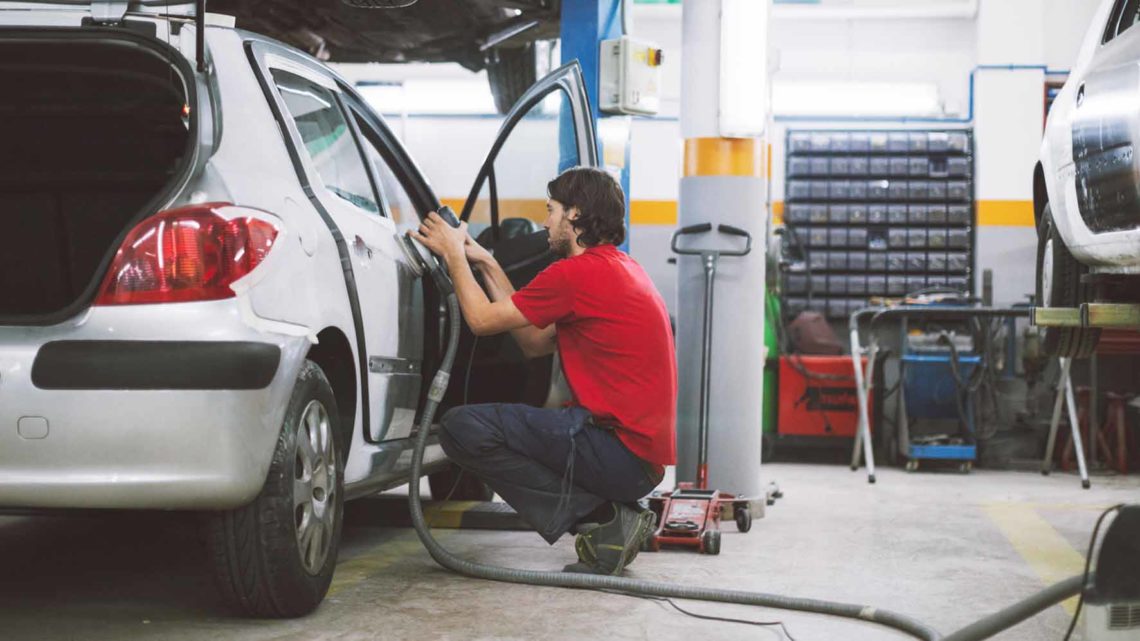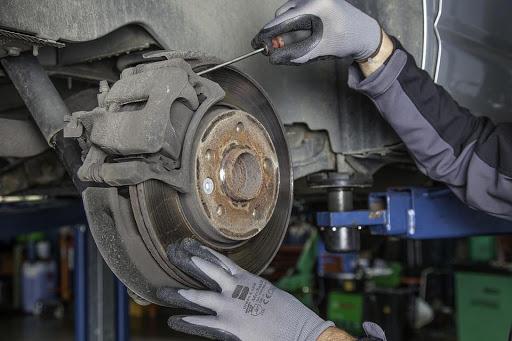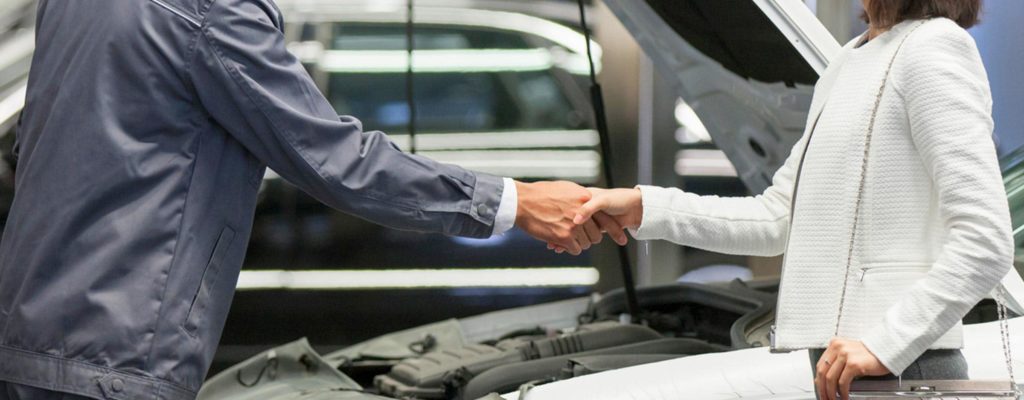
3 Ways to Save up for Your Next Big Repair
June 3, 2019Taking your car into the shop is always a gamble. There’s a chance your vehicle needs major repairs you weren’t expecting at a time when you don’t have a lot of funds to spare.
If you’re tired of worrying about how you’ll pay for your next tune-up, check in with this quick list of tips. It offers some practical advice on how to lower your costs.

1. Make it a regular expense in your budget
One of the biggest auto mistakes is waiting until you’re faced with a bill before you think about how you’ll pay it.
Preventative saving can take a lot of pressure off your shoulders.
The trick is to make auto repairs a regular item in your budget just like rent and groceries, so you’re squirreling away some money each paycheck towards this expense.
As a rule, smaller contributions are easier to make than larger ones, so don’t worry about saving a lot every payday. Try for putting aside something like $25 a week.
Eventually, it adds up! It’s more than enough to cover the average car maintenance costs of $99 a month.
Even if you can only save $10 a week, you’ll have more money to put towards repairs than if you didn’t save at all. You can find personal loans online to make up what funds you lack.
Don’t worry if you don’t have a lot of expendable cash to put towards this new expense. Go through your budget to see what other spending you can eliminate.
A perfect example is your coffee habits. If you buy coffee at a café before work every morning, you could save as much as $1,200 a year by cutting out the habit.
2. Maintain your car between tune-ups
Another great way to lower how much you spend on your car is by taking care of it between visits. Preventative maintenance helps avoid costly repairs down the line.
You don’t have to be a mechanic-in-training to put this into practice. Basic car maintenance is easy as long as you’re willing to put in the time.

source: libertymutual.com
Some of the chores you can add to your DIY list include:
- Replacing your air filter
- Oil changes
- Heeding warning signs, like the check engine light
- Checking tire pressure
- Changing wiper blades
- Replacing coolant and anti-freeze
3. Lease your next car
If you’re thinking about getting a new car soon, weigh your options before you head to the dealership. While you may like the idea of owning your next vehicle outright, it isn’t always the most affordable option.
Leasing may be an inexpensive alternative that comes with a lot of advantages. Namely, the fact that most leases come with a warranty that covers a lot of issues.
The way you pay for a lease will also help your budget. You have to make regular payments towards your lease. In this way, these payments are a lot like the scheduled repayments of an installment loan or payday cash advance— you have to make sure you pay them on time.
Once you account for depreciation, these payments typically cost less than buying outright. You can put what money you save into a special auto fund should your warranty not cover repairs.
Whether you get a new car or stick with an old one, repairs are inevitable. You can limit how much pressure they put on your budget by planning around these costs. Between saving and taking on maintenance tasks, you’ll be able to lower how much you spend.


